On the one hand, we have super-performance chips where individual manufacturers are competing to build them with better technology and which one will provide better benchmark test results. On the other hand, most of them still throttle their performance in order to prevent the devices from heating up unnecessarily, and above all to save their battery. How does Apple and its competition fare in limiting performance?
Historically, Apple has been the most talked about smartphone performance throttling company until this year. Battery condition was to blame. Users often complained that with the iOS update, the system also slowed down, that their device could no longer handle what it used to. But the main fault was that Apple reduced the performance based on the condition of the battery in order to extend the life of the battery.
It could be interest you
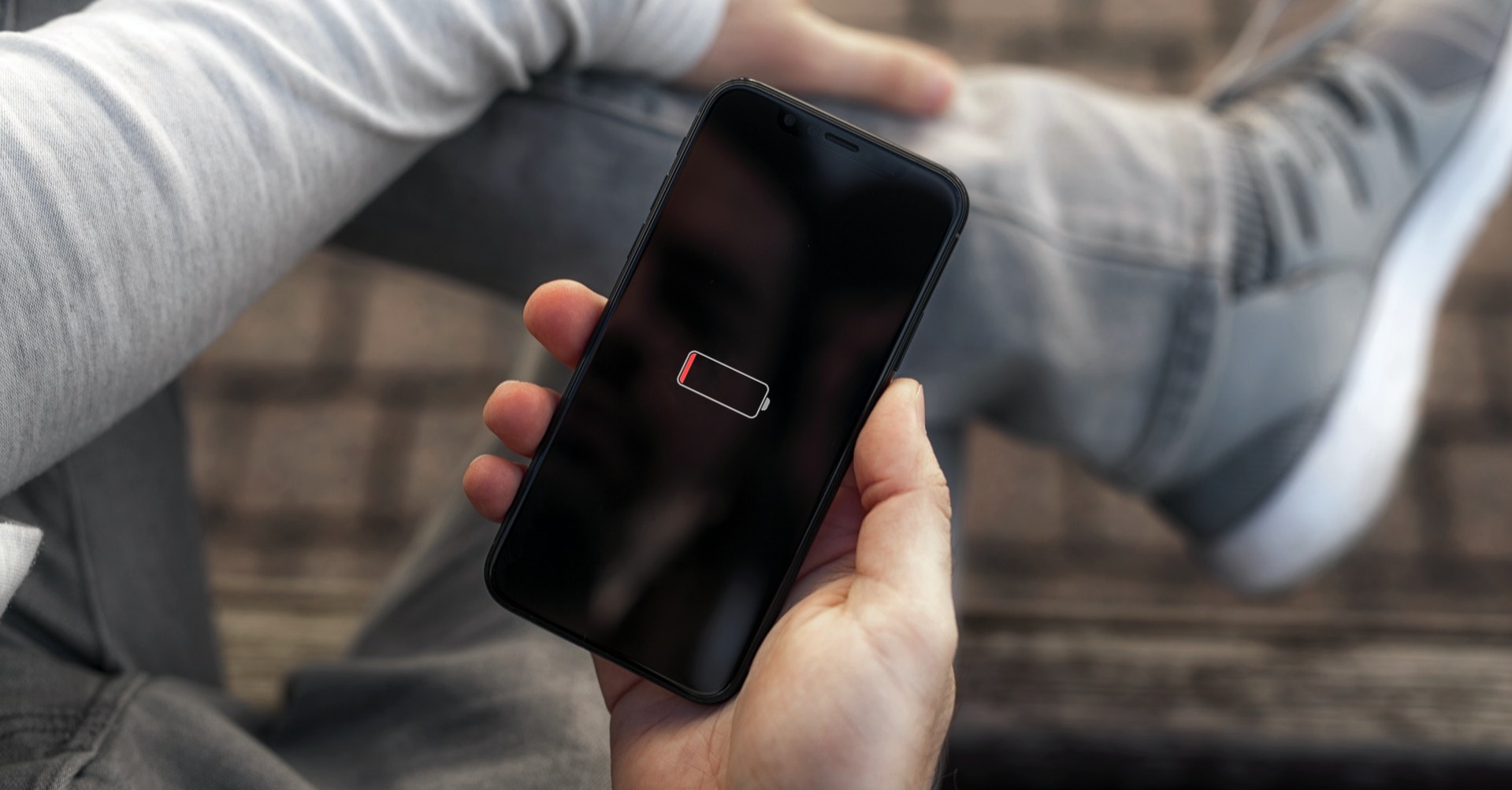
This relatively god-like fact had a problem in that the user could not influence it in any way. So if the iPhone decided that the battery was already in a significantly worse condition than it was after unpacking the device from the box, it simply began to reduce the performance so as not to place such demands on the battery. Apple lost many hundreds of millions of dollars in lawsuits over this and later came up with the Battery Health feature. Specifically, it was in iOS 11.3, when the feature is available for iPhones 6 and later.
If you visit Settings -> Battery -> Battery health, you can easily find out here if you already have dynamic power management on or not. This function is activated with the first unexpected shutdown of the iPhone and declares a reduced ability to supply the device with maximum immediate energy. Since then, you can observe the device slowing down, and it is also a clear signal to visit the service and replace the battery. But this is fine, because the user can turn off the option and thus give the battery a full boiler, regardless of its capacity.
Samsung and its GOS
In February of this year, Samsung presented the current flagship in its portfolio, namely the Galaxy S22 series, and since the days of Apple's Battery Condition, there was also the biggest case regarding the throttling of smartphone performance. The Games Optimization Service function, which Samsung uses in its Android superstructure, has the task of ideally balancing the device's performance with regard to its heating and battery drain. However, the problem here was similar to what it once was with Apple - there was nothing the user could do about it.
Samsung even went so far as to have its GOS list apps and games that it has to throttle in order to be good for the device. However, this list did not include benchmark applications, which evaluated the performance of the device more than positively. When the case broke, it was discovered that Samsung has been undercutting the performance of its flagship S series phones even since the Galaxy S10 version. E.g. such Geekbench therefore removed all "affected" phones from its lists.
So even Samsung hastened to come up with a solution. So, if you want, you can turn off GOS manually, but you only run the risk of heating up the device more and draining the battery more quickly, as well as faster loss of its condition. However, if you disable the Games Optimization Service, the performance will still be optimized, but with less aggressive methods. So there is no need to be under the illusion that Apple is different in this regard, and it certainly reduces the performance of our iPhones in certain ways, regardless of battery condition. But it has the advantage that its software and hardware are better optimized, so it doesn't have to be so drastic.
It could be interest you
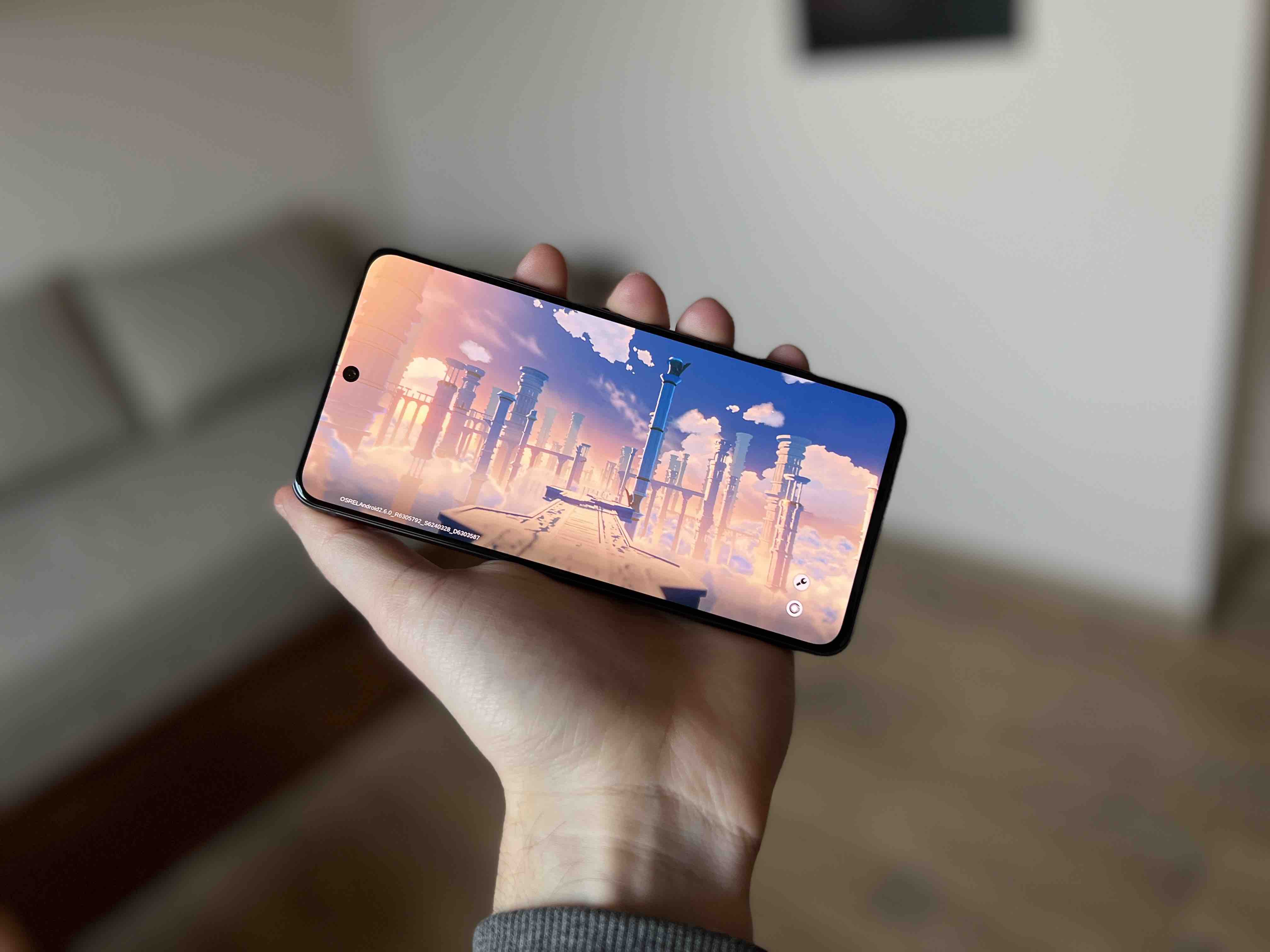
OnePlus and Xiaomi
The infamous leadership in the field of Android devices with regard to performance throttling is held by OnePlus devices, but Xiaomi is the last one to fall for the case. Specifically, these are the Xiaomi 12 Pro and Xiaomi 12X models, which throttle performance where it suits them and let it flow freely elsewhere. The difference here is at least 50%. Xiaomi stated that in its case it depends on whether the application or game requires maximum performance for a short or long time. Accordingly, the device subsequently chooses whether it will provide maximum performance or rather save energy and maintain the ideal temperature of the device.
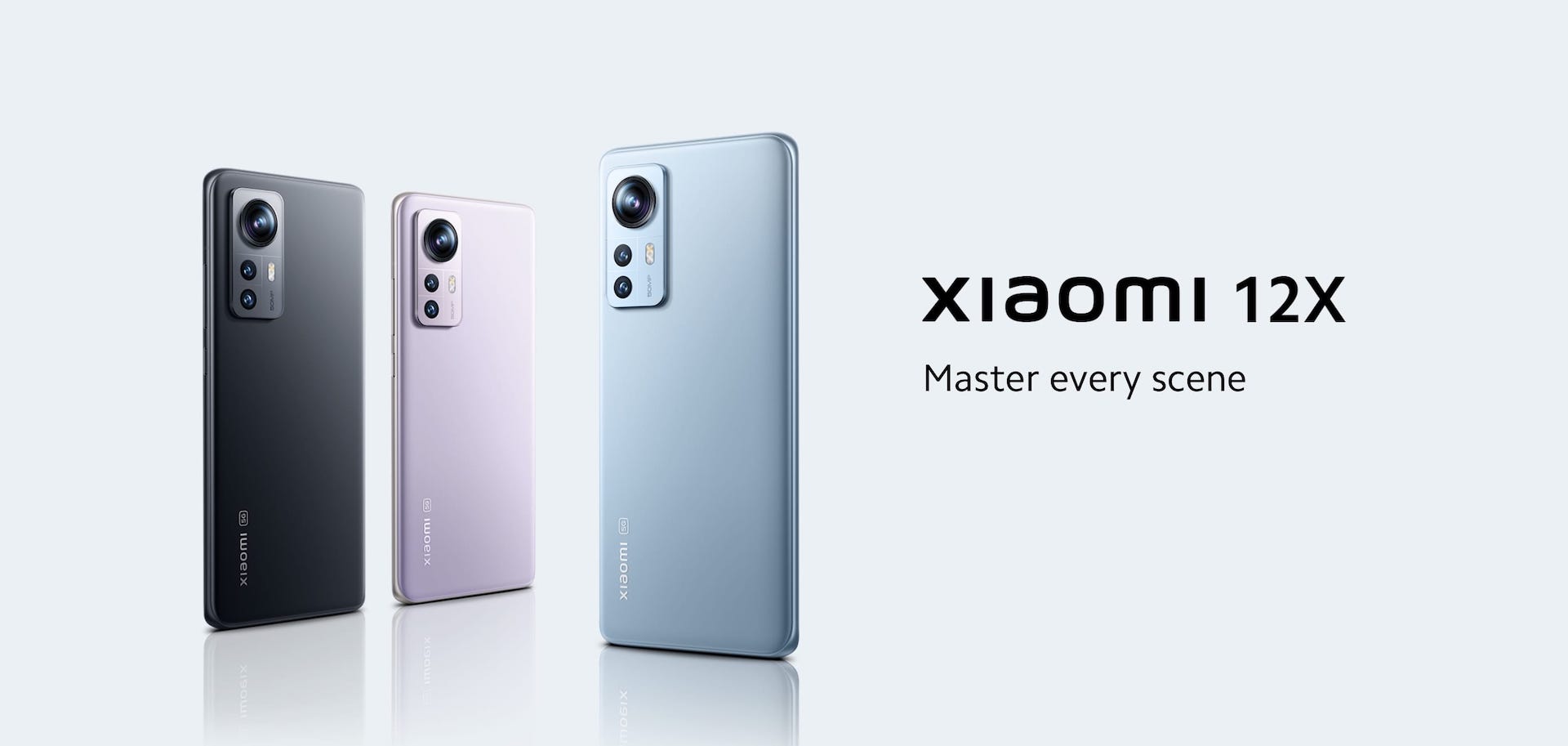
So it's a strange time. On the one hand, we carry in our pockets devices with extremely powerful chips, but usually the device itself is not able to cope with it, and therefore its performance must be reduced by software. The biggest problem with current smartphones is clearly the battery, even with regard to the heating of the device itself, which practically does not offer much space for effective cooling.
 Adam Kos
Adam Kos 

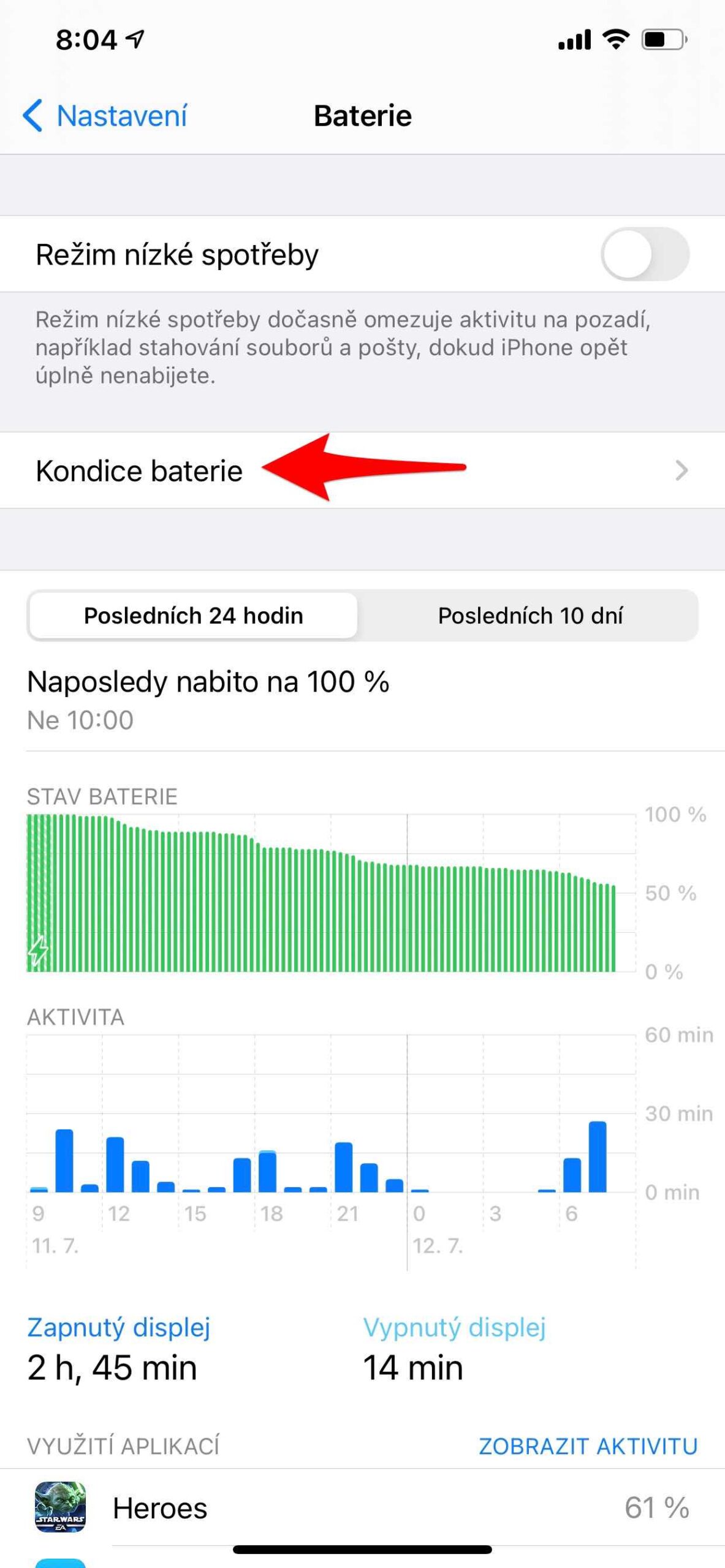
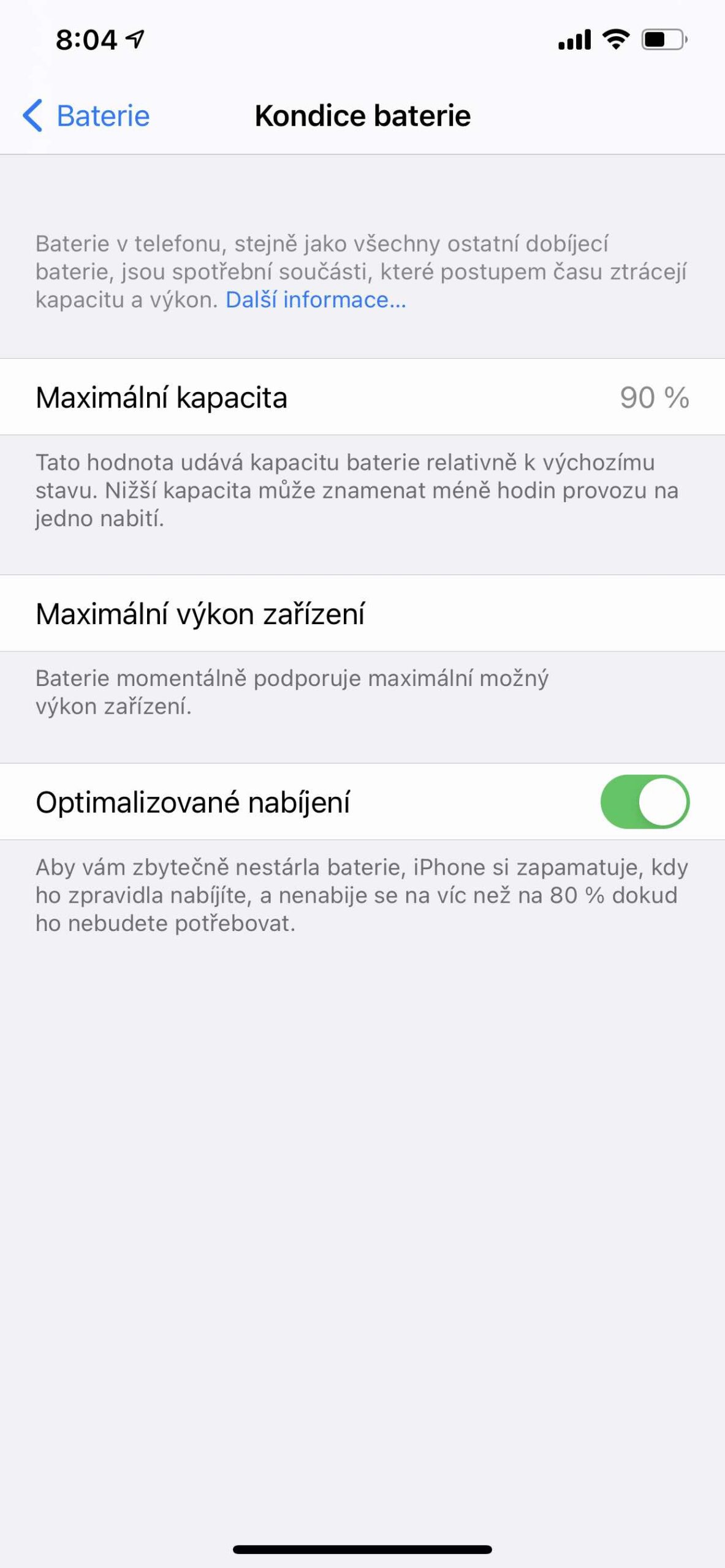
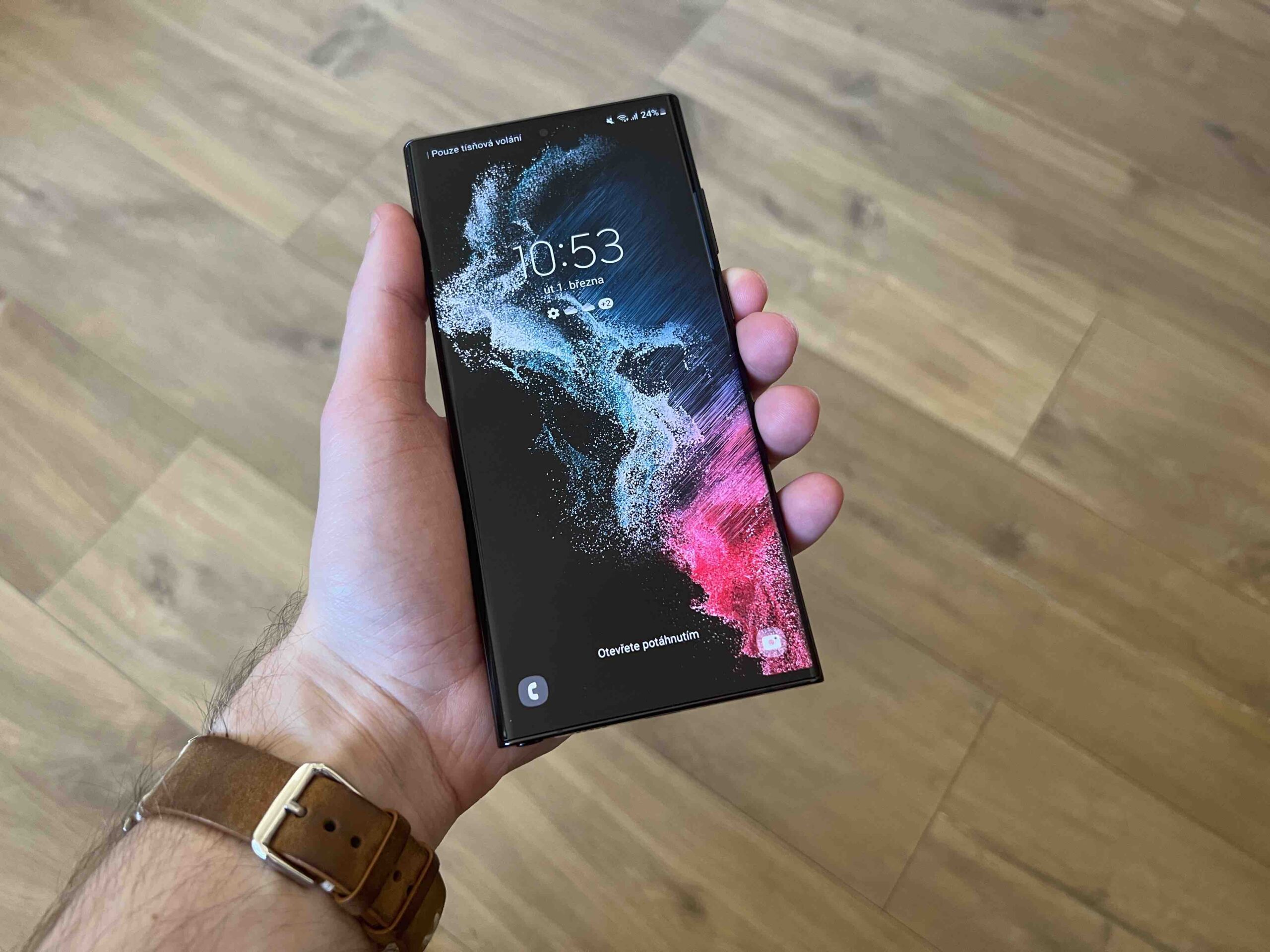
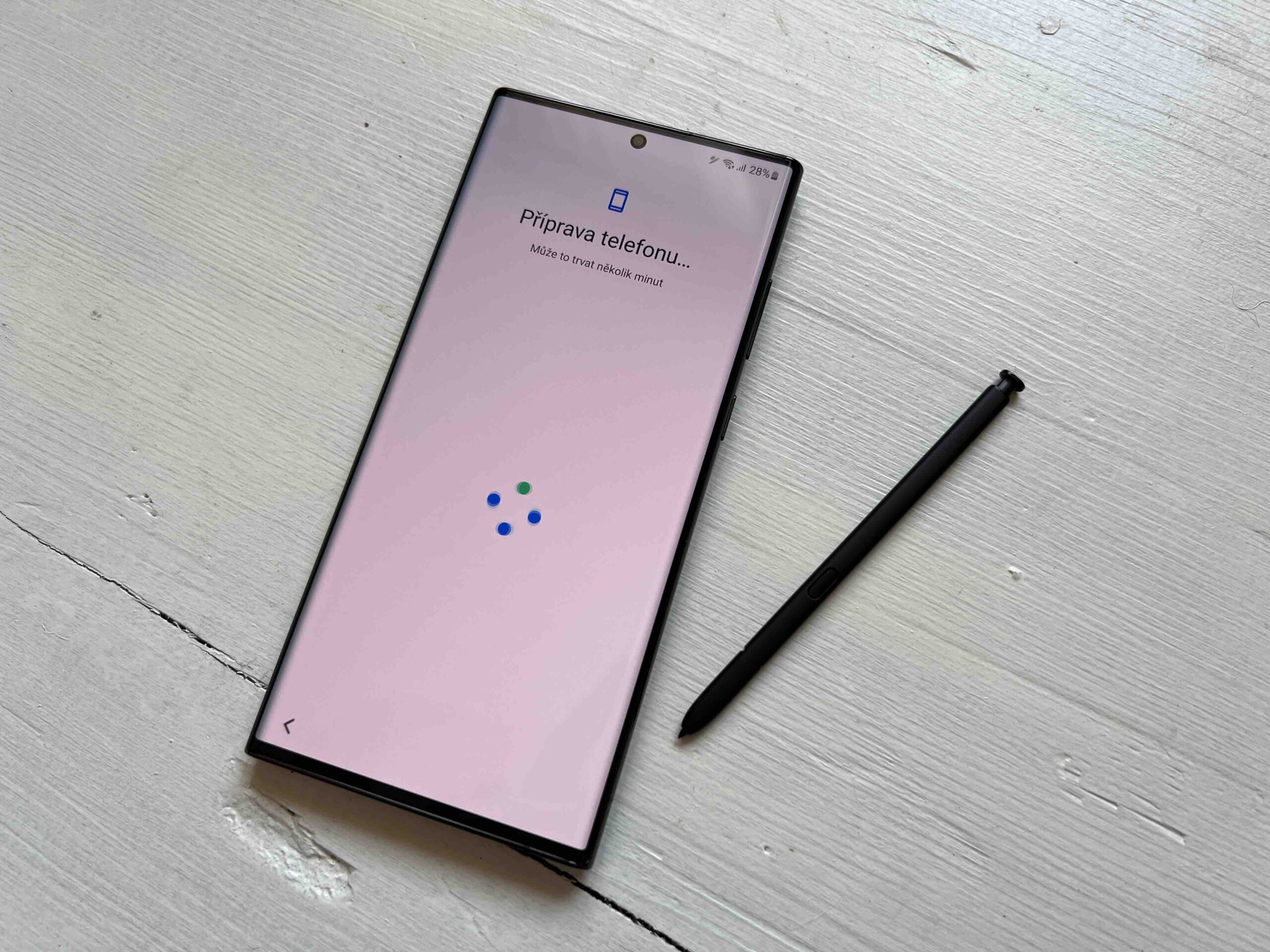
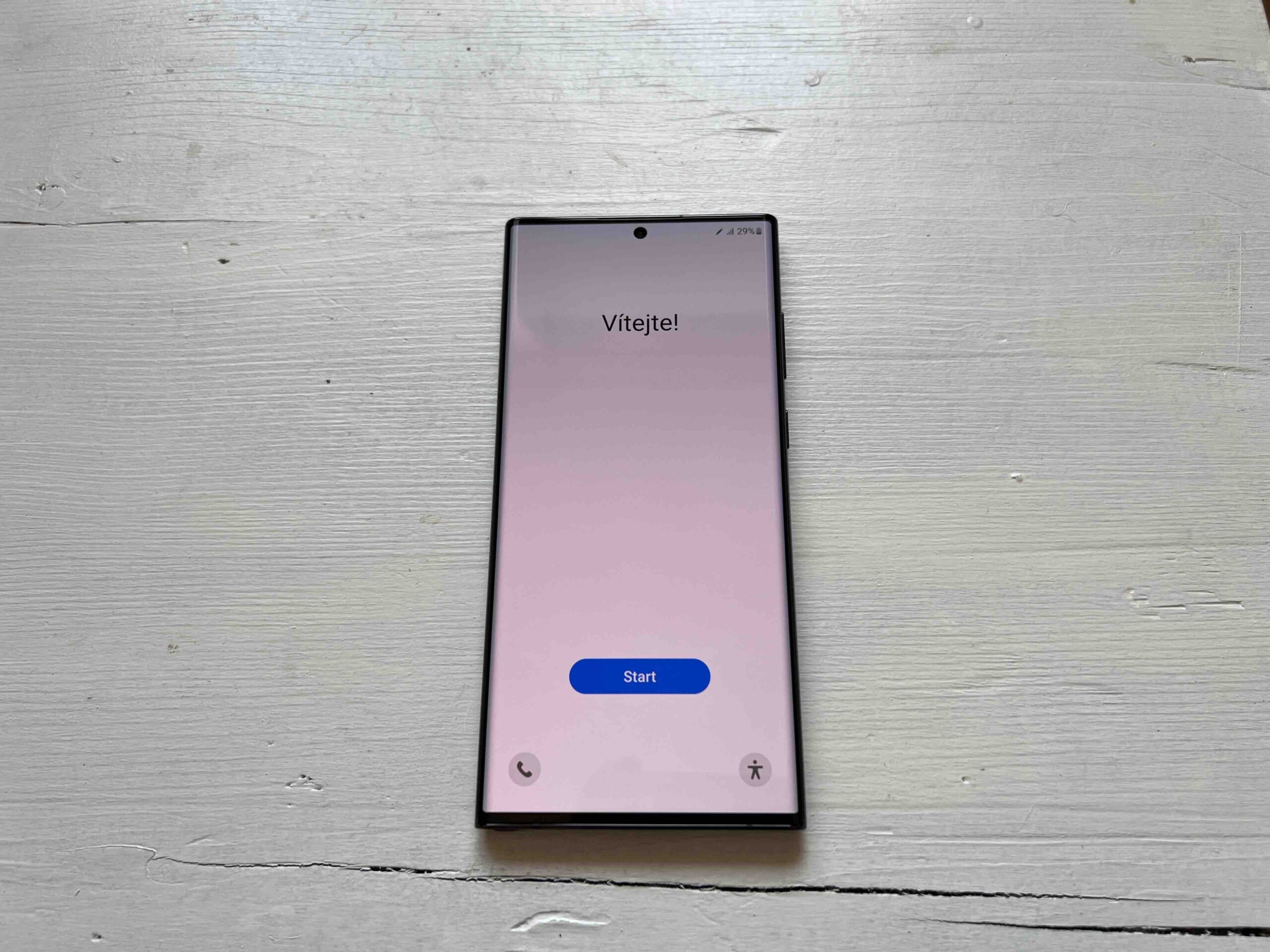
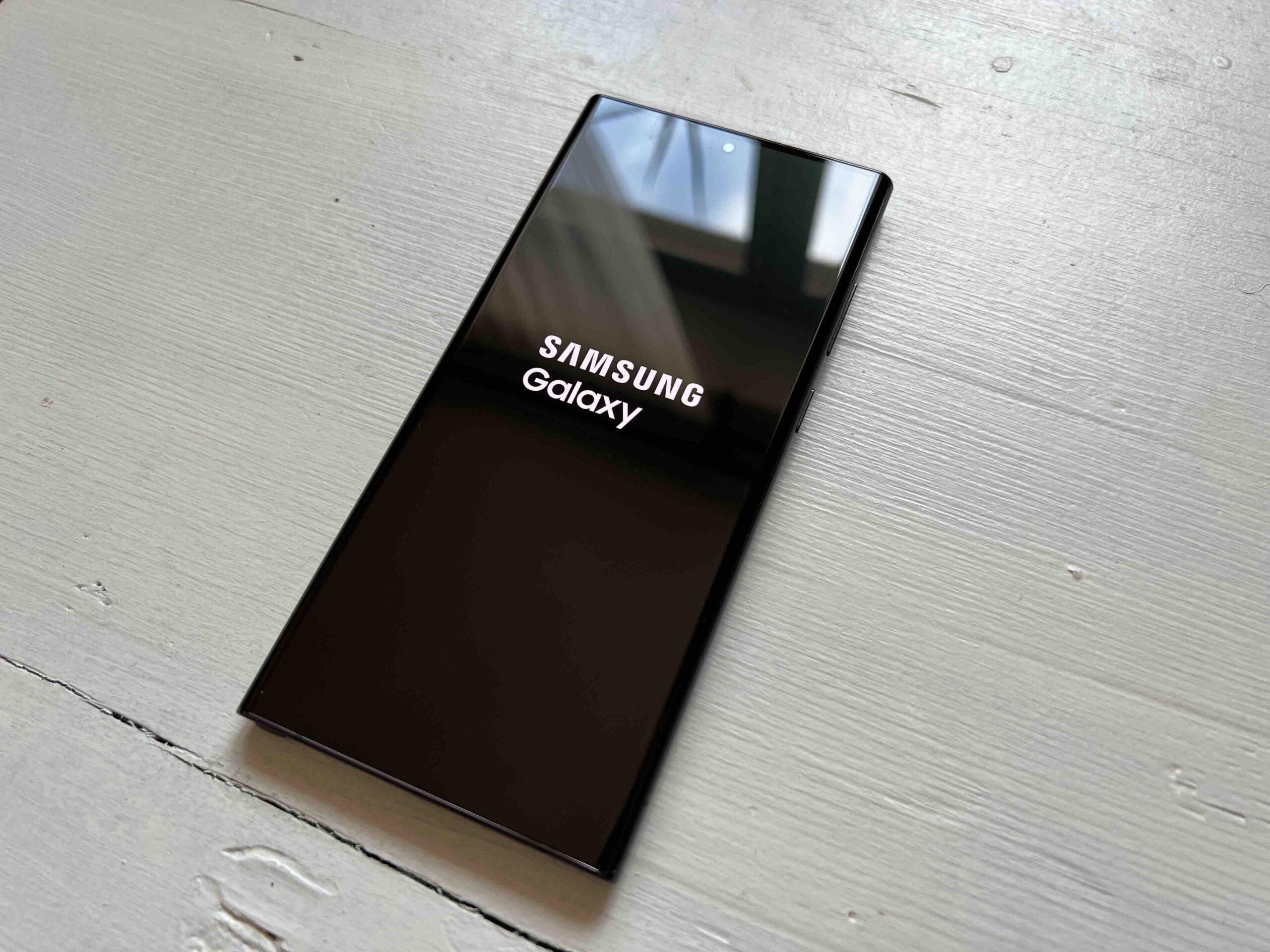
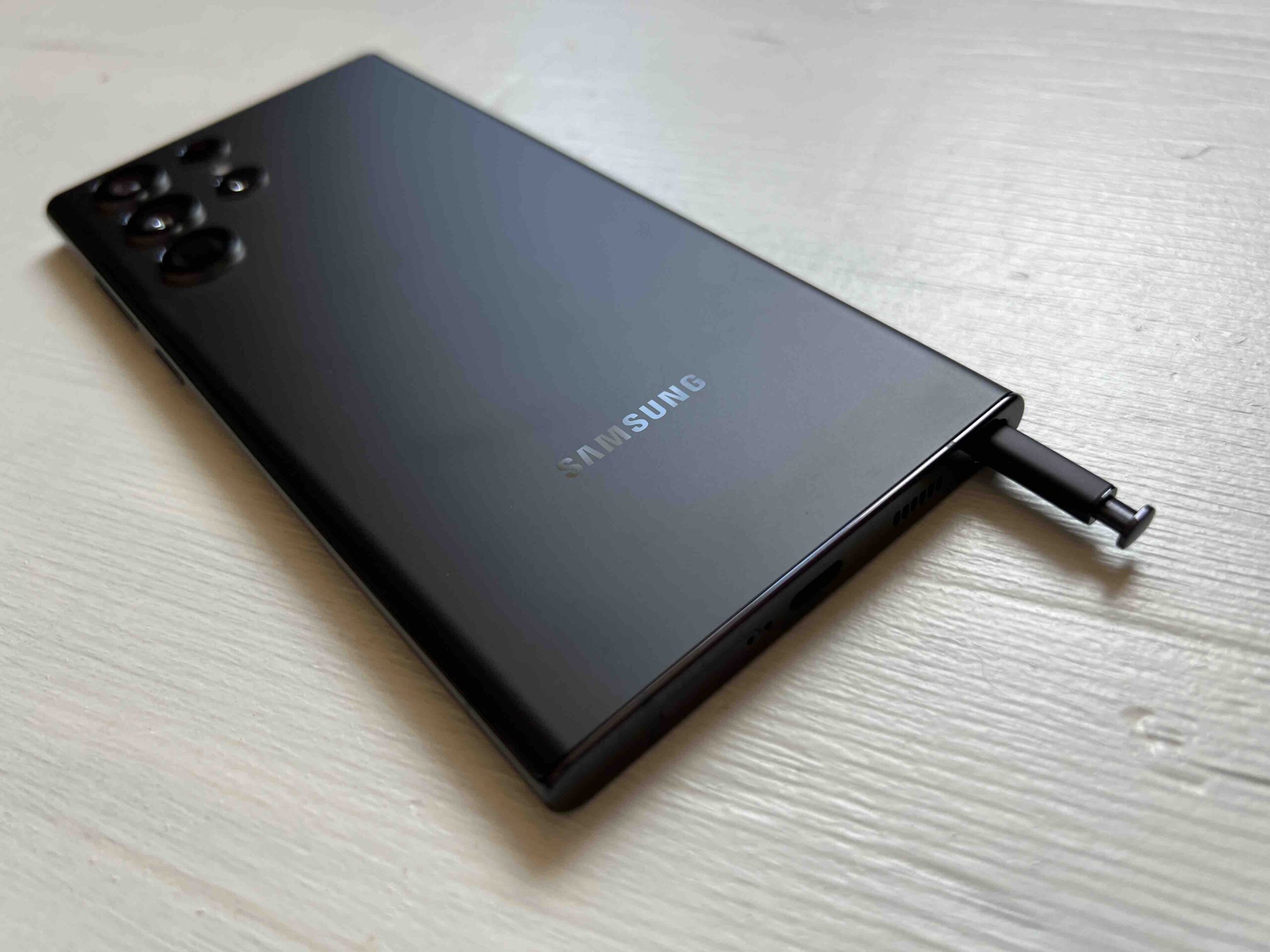
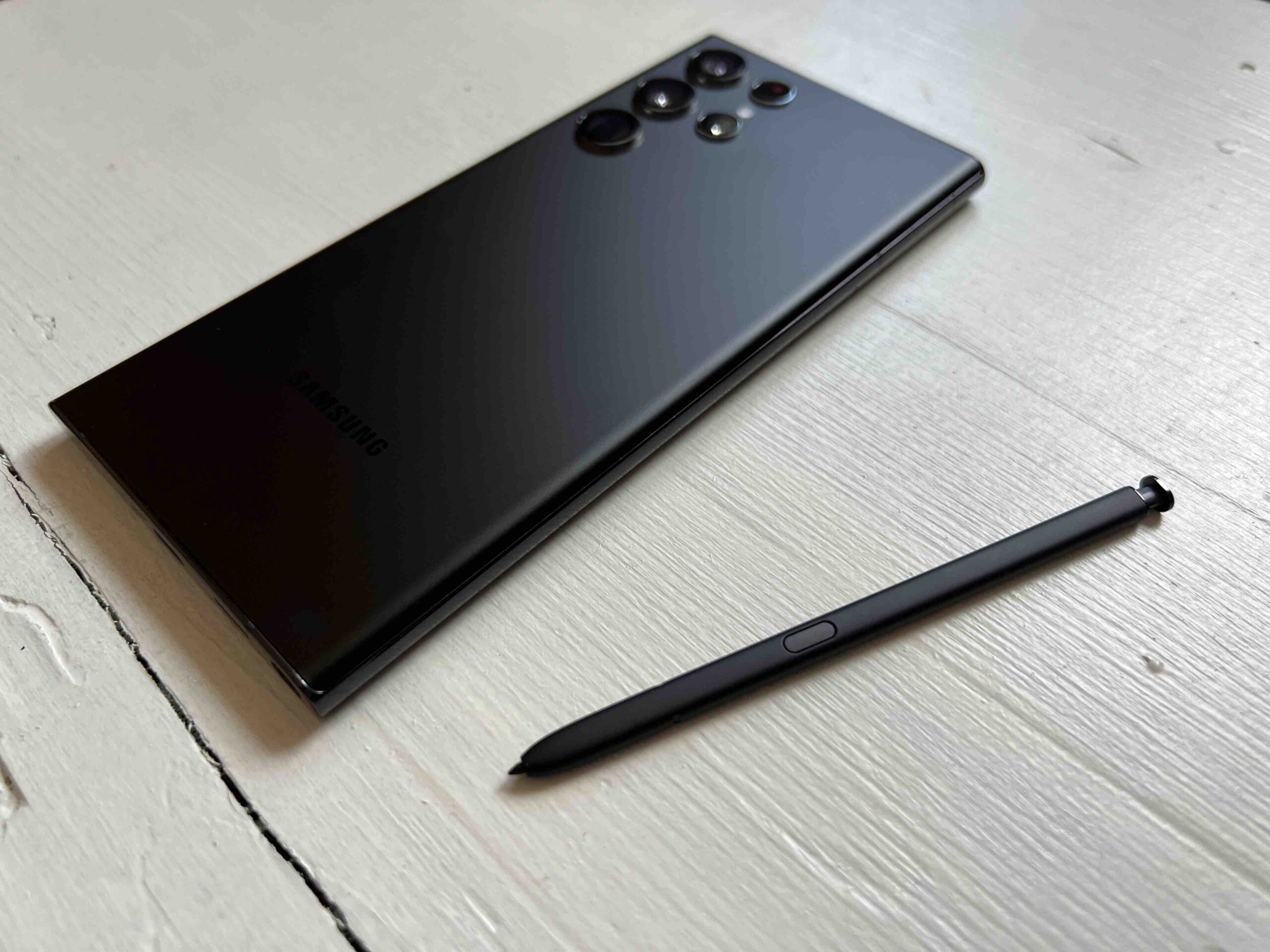
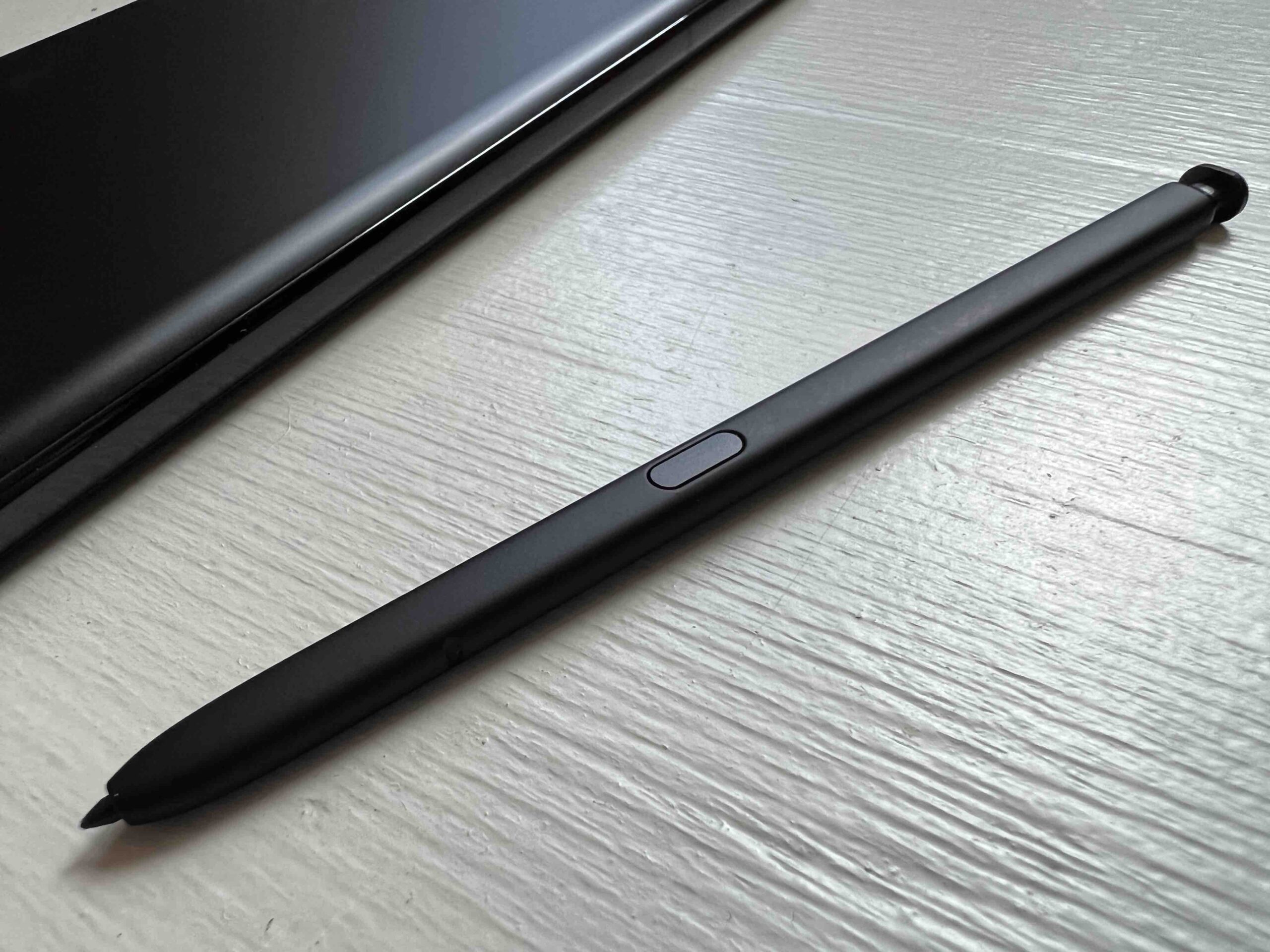

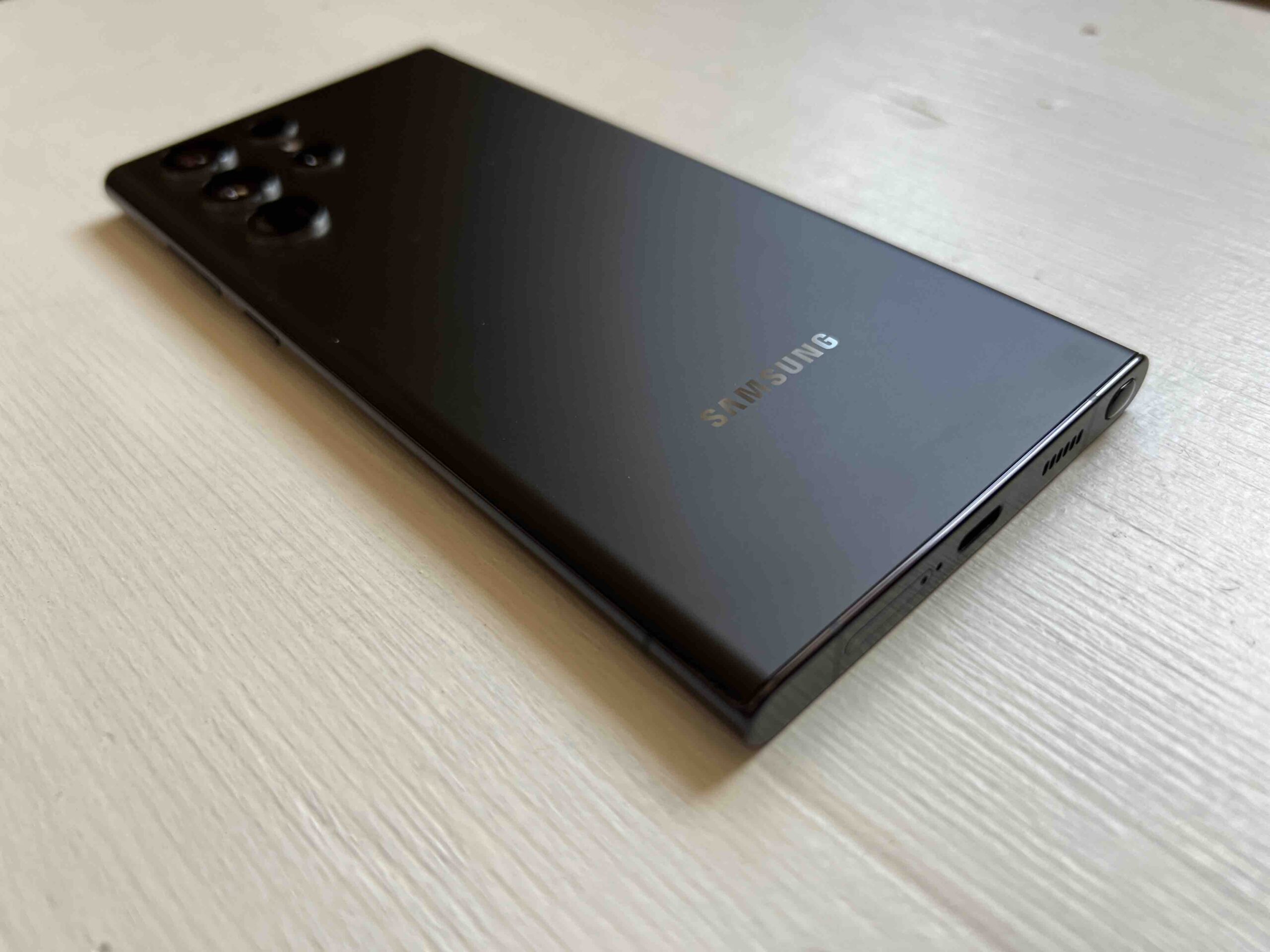
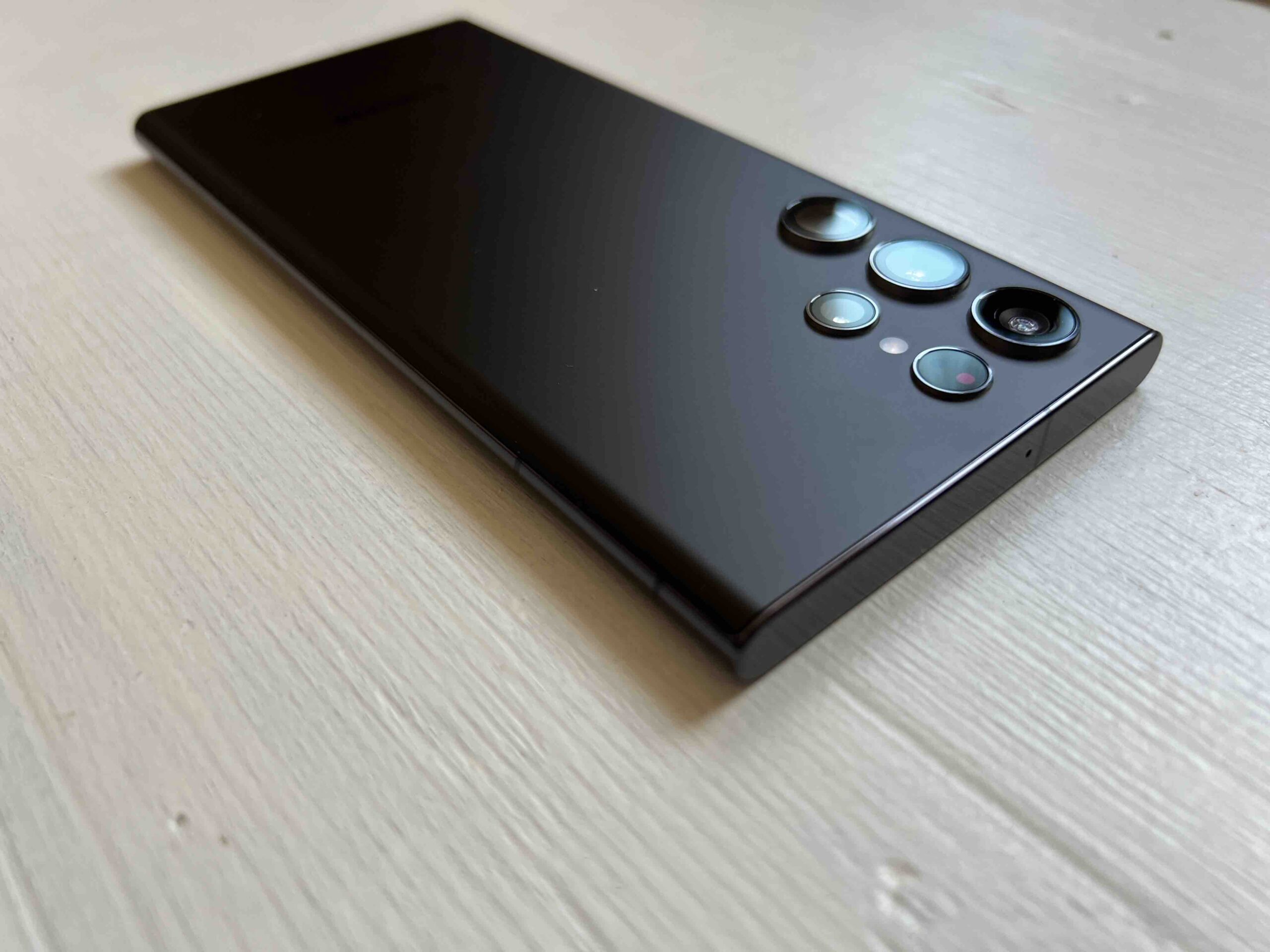
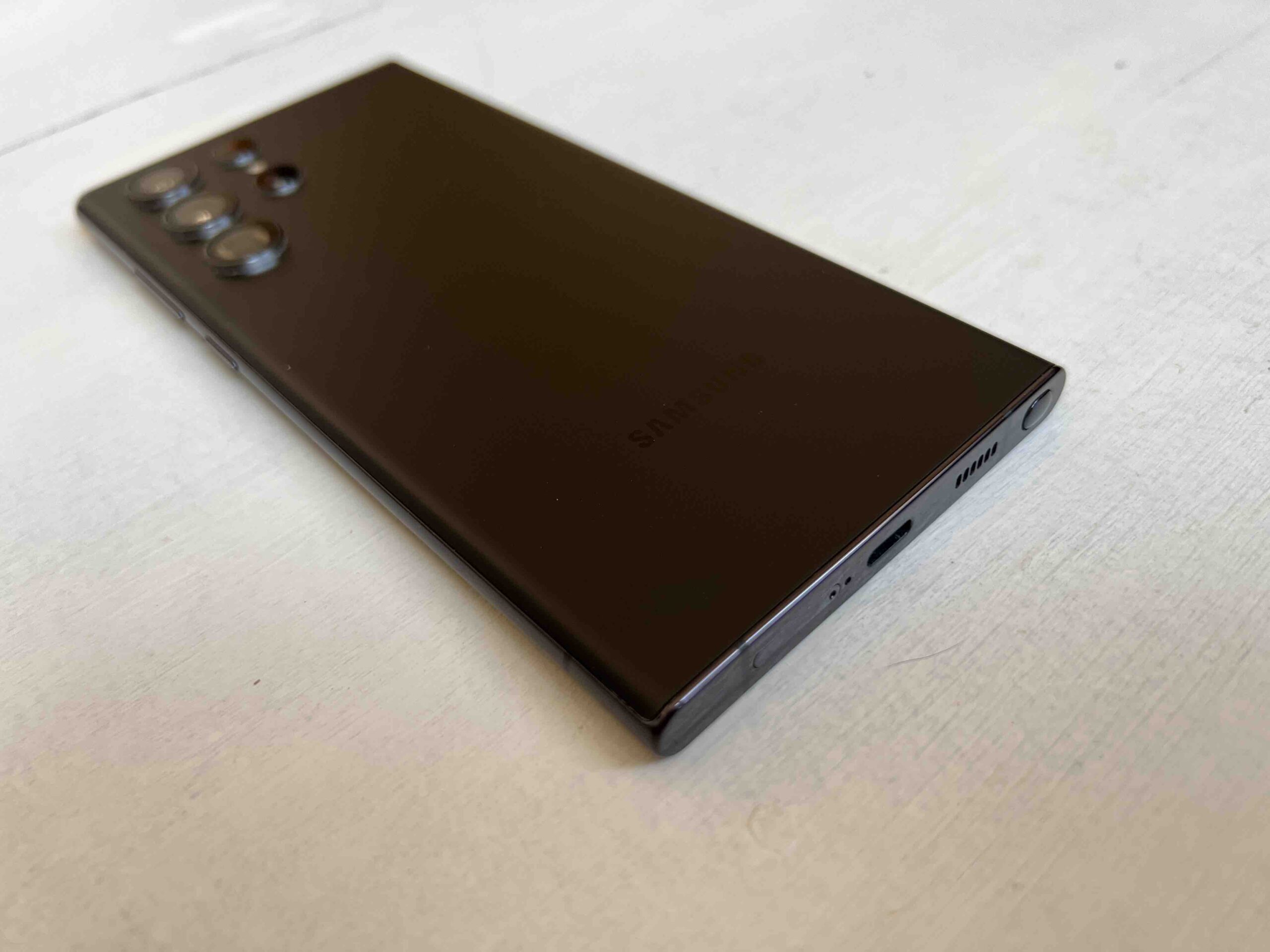
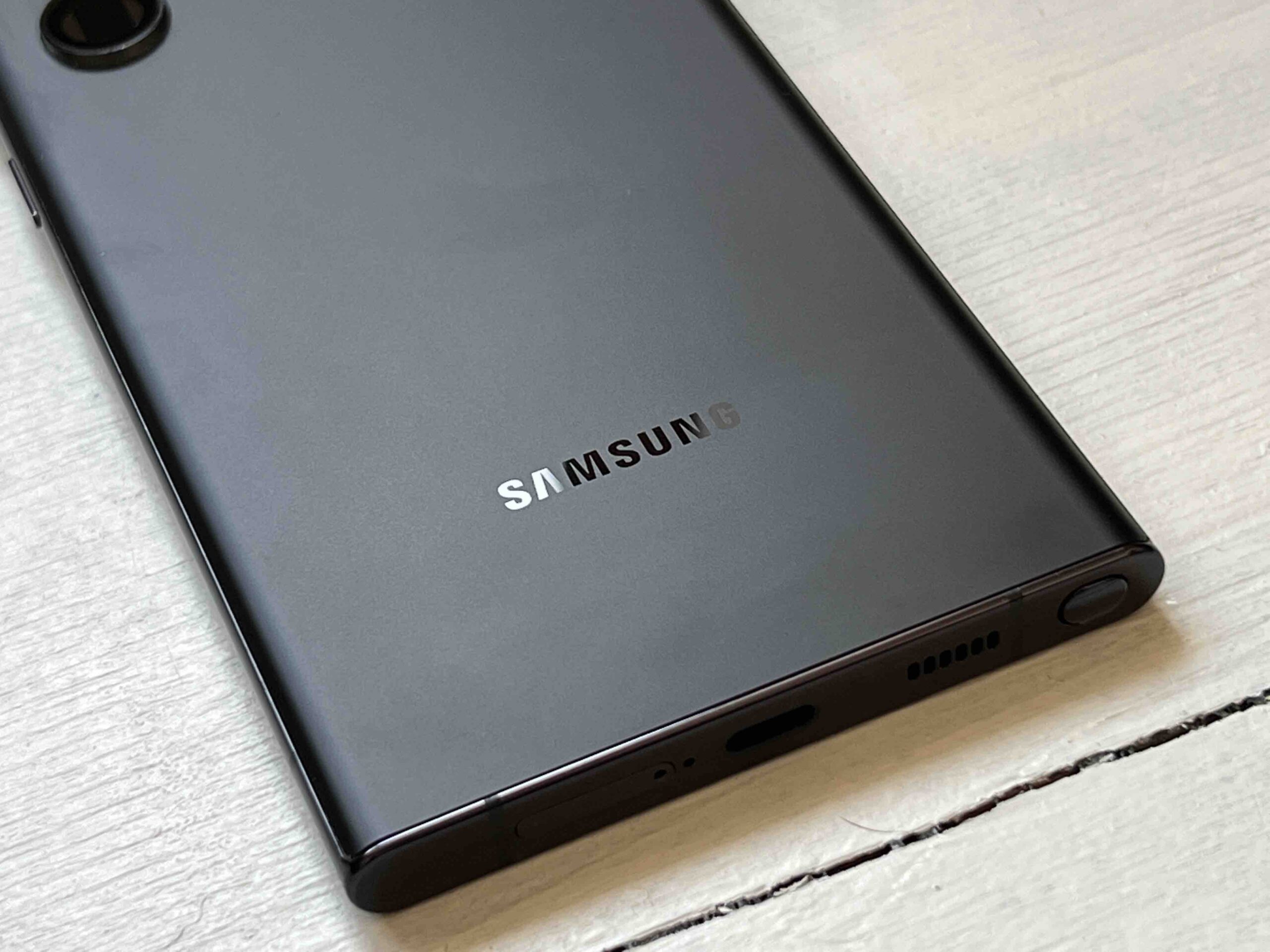
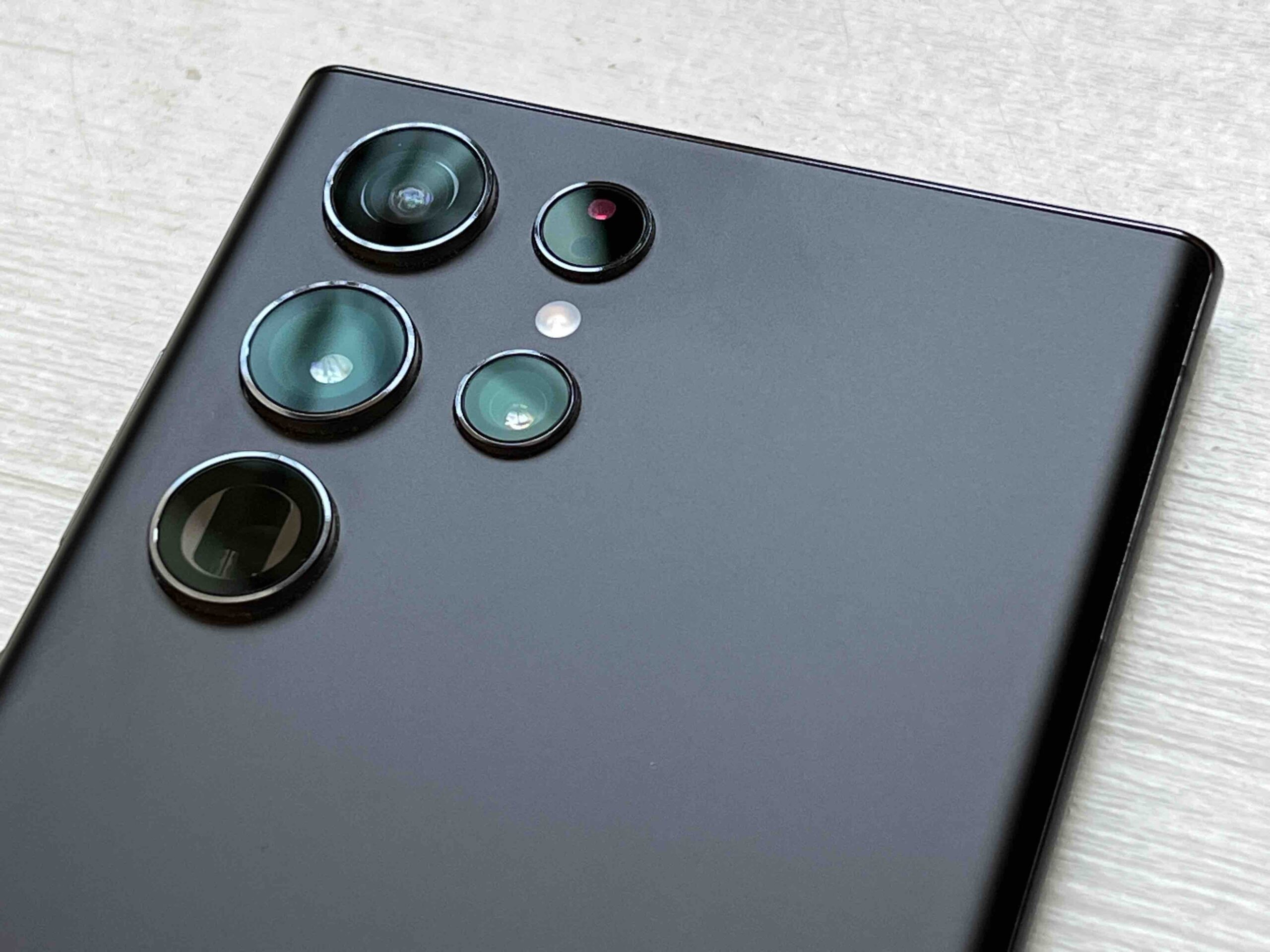
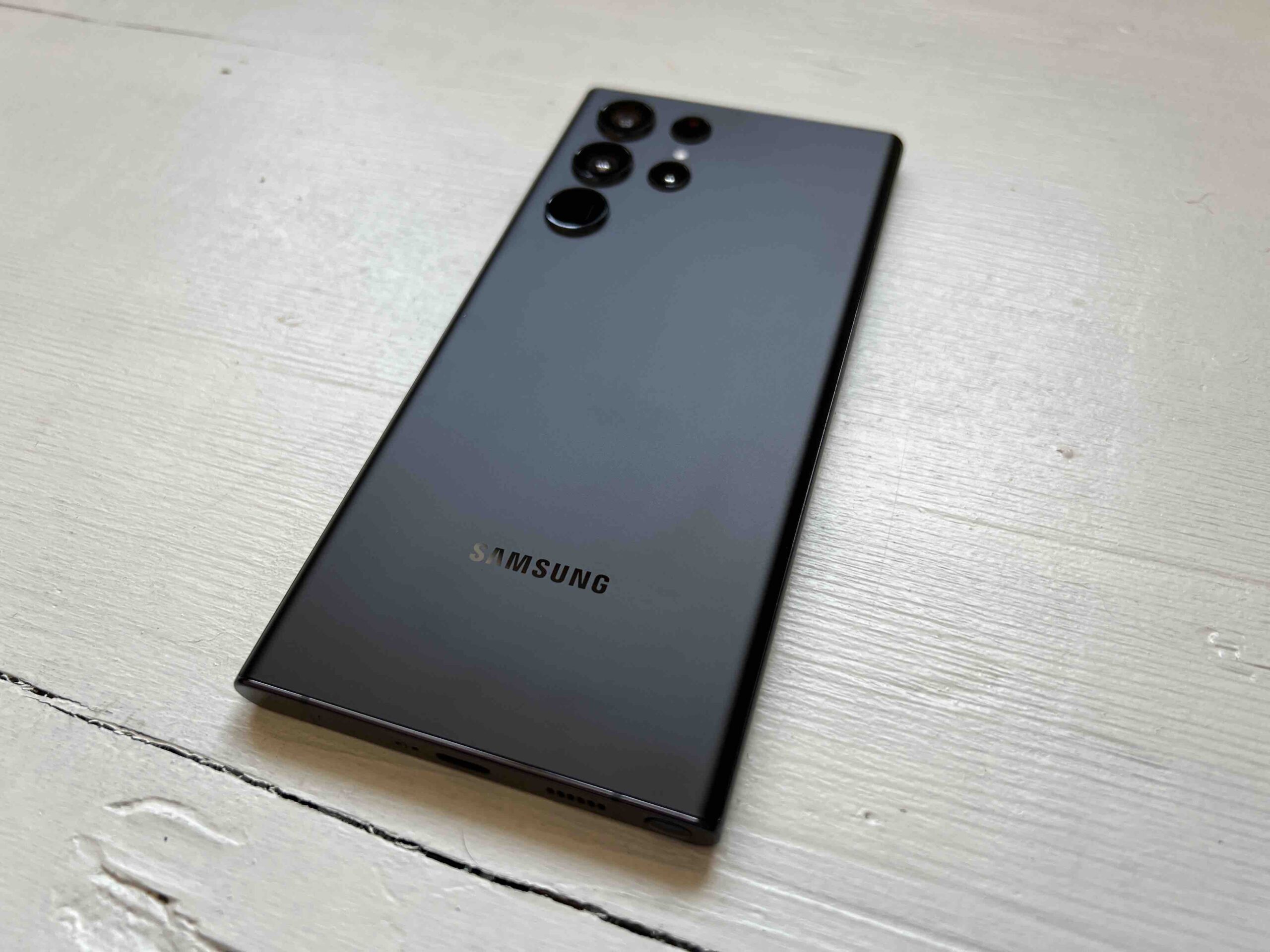
 Samsung Magazine
Samsung Magazine